MARGIE RUDDICK IS WILD BY DESIGN
“Combining ecological function and design is now mainstream,” said landscape architect Margie Ruddick, ASLA, in a talk at the National Building Museum in Washington, D.C. “It’s no longer fringe. The culture has caught up.” And it’s caught up to where Ruddick, the winner of the 2013 Cooper Hewitt National Design Award, has been for a while. A leading advocate of the “wild” landscape movement, Ruddick explained how she carefully balances ecological conservation and restoration with a strong sense of design.
In 2011, a New York Times article about Ruddick and how she was fined for growing “weeds” in her front yard in Mt. Airy, Philadelphia went “viral” among landscape architects and designers. She ultimately got out of the $75 fine by explaining to the judge the value of the wild plants she let live in her yard. “I told the judge: ‘This is actually not a weed. It’s Prunus serotina, a black cherry seedling. This is not a weed. It’s an oak tree, Quercus alba. The 10-inch weeds are rhubarb.’ ” Since then, Ruddick has become an advocate for ecological landscapes, explaining how important it is to create spaces for both people and nature.
Ruddick has turned her love of nature into a principled design approach, laid out in her new book Wild by Design: Strategies for Creating Life-enhancing Landscapes. In her talk, Ruddick walked us through some of her design principles — reinvention, restoration, conservation, regeneration, and expression — providing a few examples of each:
Reinvention: Ruddick first explained her complex project in New York City: Queens Plaza, which sits under a “tangle of elevated train infrastructure” that causes a constant, “horrible screech.” The plaza is where Riker’s Island releases prisoners at 2am with $3. It’s known as the “boulevard of death” because of the people who died trying to make it across the streets that had no crosswalks. “It was a sketchy, dangerous place.”
To make it more hospitable, Ruddick worked with a team at WRT, Marpillero Pollak Architects, and Michael Singer Studio, to find a way to embrace the infrastructure but also separate people from it with well-designed pedestrian and bicycle infrastructure and arrays of trees. New crosswalks create safe routes for pedestrians, while artful concrete obstacles were created in other places to prevent deadly jaywalking.
Meandering paths, which were calculated for different kinds of circulation, lead people to a small park. There, the surrounding trees are so effective at noise attentuation they’ve reduced the screech by 25 percent.
New bike lanes are lined with vegetation, too, so that “riding through, you feel protected from the traffic, like you are in a park.”
For Ruddick, the key to the success of the new Queens Plaza is that “it’s wild, but not unkempt.” The city was never going to pay for an irrigation system, so she created wild-looking constructed wetlands that generate their own cooler micro-climates, offsetting the heat from the street and elevated tracks.
Patterned, hand-made pavers and curbs, which were designed with artist Michael Singer, are designed to let water out into those wetlands.
Paired with the ecological function of the wetlands, there is a rugged design language that is “carefully done, but not dolled-up.” Her goal was to maintain the “industrial character of the place,” in part by replicating the massive scale of the place with heavy-duty concrete slab pathways. “The dimensions and proportions help the landscape stand up to the big scale. It doesn’t feel faux.”
Restoration: In Chengdu, Sichuan province, China, Ruddick partnered with local Chinese landscape architects to design Living Water Park, which brings back a traditional Chinese garden approach to Chengdu, long known as the “city of gardens.”
Ruddick said Living Water Park was the first park in China to be explicitly designed to provide ecological services. It’s a water purification system: fountains remove solids from the water before it heads to wetlands where it’s filter and aerated. Ruddick believes it was also the “first park in China to showcase local plants.” The result is the park “feels like a refuge.”
Conservation and Regeneration: “There are so many special places that you don’t want to mess up.” In Western Ghats, India, Ruddick restored the forest landscape in the Shilim Retreat and Institute, but the project was really about “cultural conservation” and the relationship of the local people with the ecosystem. Ruddick was thrilled to be working there: “It’s a precious range, a UNESCO World Heritage landscape, and a biodiversity hot spot. You feel like you are in heaven there.”
To the restore the environment in this 2,500 acre-resort, Ruddick first focused on the slopes stripped by erosion brought on by monsoons and local tree-cutting. To strengthen local culture, Ruddick purposefully leaned on local horticultural talent and their knowledge of how to grow plants in the Ghats environment. These locals were hired to grow thousands of trees, which were replanted on the slopes, and then to dig slopes so water could reach the saplings.
Resort rooms are carefully nestled into the landscape, and spa facilities, within the rice fields. The resort features a new institute, with a center for sustainable development.
Expression: The Durst Foundation tasked Ruddick with creating a winter garden in the Bank of America in New York City. Working with WRT, and her mother, who was a sculptor, Ruddick decided to go up to fill in the tall interior space. She wanted to create something art-filled — “that’s also very important in my work.”
Inspired by the fern canyons of the Pacific Northwest, Ruddick and her mother created vegetated sculptural forms you can walk through and around.
She said many people go there to unwind and people who frequent the garden have told her that when they are there, “their blood pressure and stress levels go down.”
While many of Ruddick’s projects exemplify multiple aspects of her design principles, Ruddick pointed to the New York Aquarium in Coney Island, a wonderful project she is now working on with WRT and Cloud 9, as the prime instance of how all her nature-inspired strategies come together.
She led a team of architects from Cloud 9, a Barcelona-based firm, to create an alluring canopy of 40,000 LEDs, all blinking according to a pre-set program. The canopy is a “sculpture composed of compression arches, tension cables, masts, and hanging cable mesh.” But it’s clearly inspired by sea creatures — from a whale opening its mouth, to the scales of a fish. “A lot of research went into marine animals and that comes out in the design.”
The new perimeter is only one facet of a broader revitalization of the aquarium, which includes a new light and soundscape on the boardwalk in front of the building, surrounding gardens, and more. Ruddick and her team also laid out a vision for how to better connect the institution to its waterfront, proposing the re-use of old jetties, constructing them as tidal pools that can attract sea life, so they can serve as an environmental education center.
Many more examples of her design principles can be found in Wild by Design.




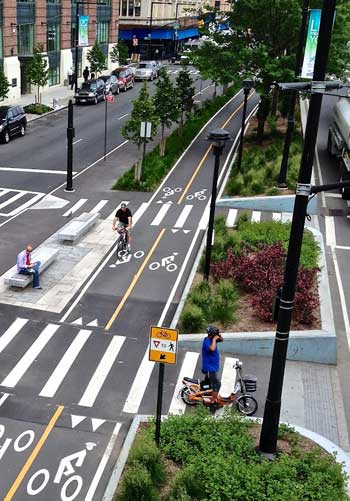
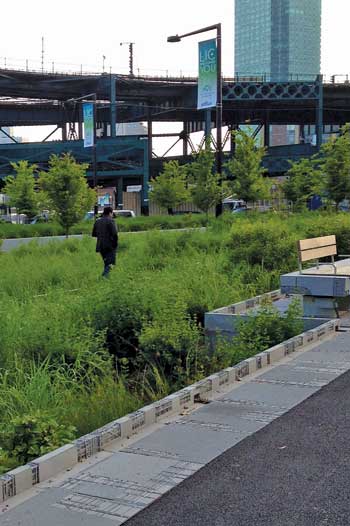
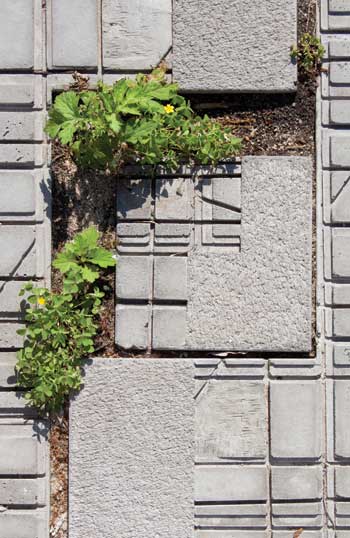
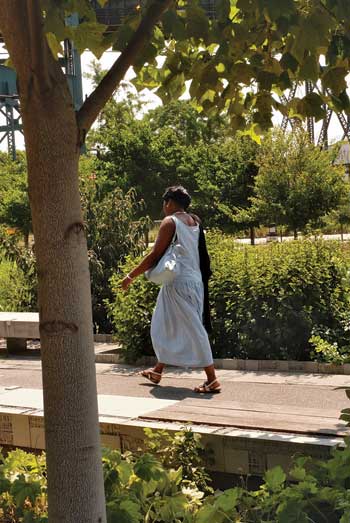


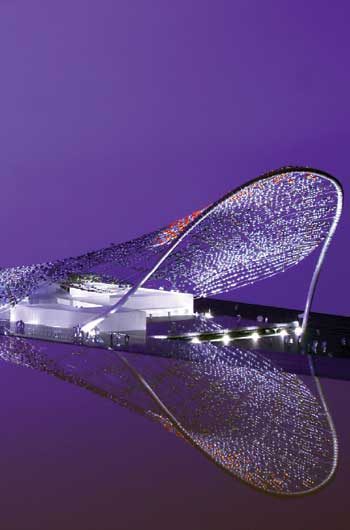







Follow Us!